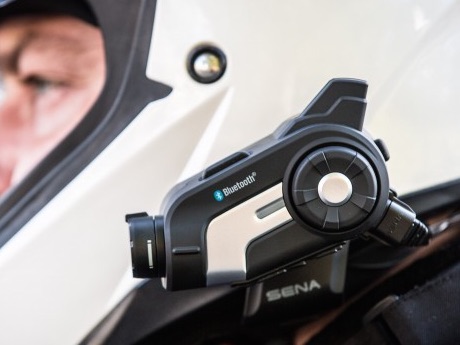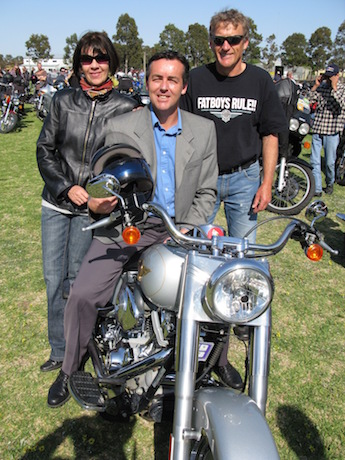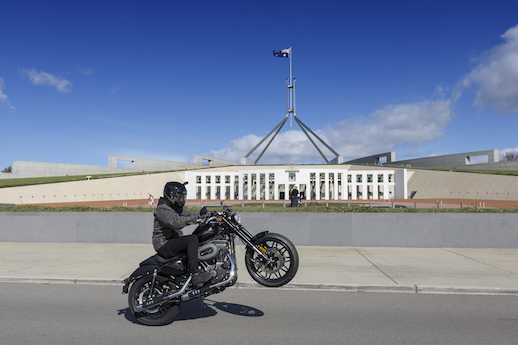As Queensland changes its motorcycle road rules in October and allows helmet cameras, state ministers will be meeting at a Canberra forum to discuss uniform road rules across the nation.
Federal Minister for Infrastructure and Transport Darren Chester says he is inviting relevant state ministers to the forum “to exchange ideas and learn from the latest research available to us”.
“Issues like lane filtering can be discussed at the forum which is expected to be held in October.”
While lane filtering rules vary across borders and lead to riders being fined for being unaware of the rule variance, another issue dividing the nation is the legality of helmet cameras.

Some states prosecute riders for having a helmet camera and others turn a blind eye. Read about a NSW fine here and a Victorian fine here.
Queensland allows all riders to attach a camera to a helmet “as long as the helmet remains compliant” which means don’t drill holes in your helmet to fit the camera!
How long before other states see the sanity of this rule. In fact, helmet cameras are supplying valuable evidence in accident cases, most motorcycle police wear them a former Queensland Police Minister encouraged cyclists to wear them for evidential reasons.
The MRAQ says a camera may be mounted as long as it is done in such a manner that the integrity of the helmet is not compromised and as such there is no need for any law change.
“The most obvious method to achieve this is to adhere the attachment with material that does not effect the helmet construction or, as the police do, us an existing fixing that is part of the helmet construction to attach the camera.
“It may also be advisable to attached the camera in an area of the helmet that is outside the impact zone of the helmet as nominated in each standard.
“It is our understanding as conveyed directly from a Road Policing member that if the attachment is done in one of these ways they would not have a problem with it.”
From October Queensland will also allow R licence (provisional, probationary or open) riders to now carry a pillion without having to wait a year.



Minister Chester says he is “passionate about road safety and deeply concerned by the increase in road fatalities and serious injuries over the last 12 months, particularly involving motorcyclists”.
“There needs to be a greater commitment from each jurisdiction to share information on their successful safety endeavours and increased harmonisation of proven approaches to reducing road trauma,” he says.
“The inconsistencies across state borders are frustrating for road users and I believe we can do better in the future.”
While states such as Queensland again change the rules, riders will deservedly remain suspicious.
However, riders will also welcome the helmet camera rule and take heart that the forum is leading law makers toward uniformity.



